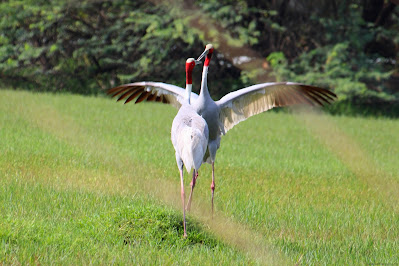They come rushing down the corridor like a stream,
Brushing against its banks, moving ahead energized.
Unstoppable, free birds, owning the skies, unhindered
By timelines and tasks, unaffected by the ways of the world!
Their voices sound like sparrows in the morning,
Calling out to another as they flit in an out of bushes.
The walls thrum with energy, like powerful engines
Fueled by vitality, dynamism and youth.
One wonders if time will slow them down into old
Men who huff and pant while climbing stairs, or
The wisdom of years might weigh them down for
Better or for worse like overloaded trucks on the road.
My thoughts are interrupted by their loud laughter
Back to the present, I return, interrupted, to see them arrive
With a mind of their own. With a whoop, they drive
Past like triumphant winners of a match on the field.
A host of them I saw, like flocks of birds swoop past
Me. With the sounds of small feet striking the floor
Even as they waved their hands and nodded their
Heads in a joyous cacophony of triumph.
We were once children, without care and stress,
Climbing trees to look at birds' nests scraping shins
On the trunks of trees, muddied clothes and limbs
Clothes torn and shredded, to be scolded by parents.
Alas! Children today might stream down corridors
In great masses, yet they know not the joys
Of climbing trees to look at eggs in birds' nests
Or, perhaps, fending off attacks by aliens.
But then, children will be children, like flocks
Of birds that congregate in large numbers
Chasing one another around the shallows
Until a time when alerted by elders.
Let not children be burdened by cares of the world,
Preserve their innocence and let them be fed
By the magic of spring, unburdened by the looming
Shadows of winter. Let adulthood wait its turn.





































